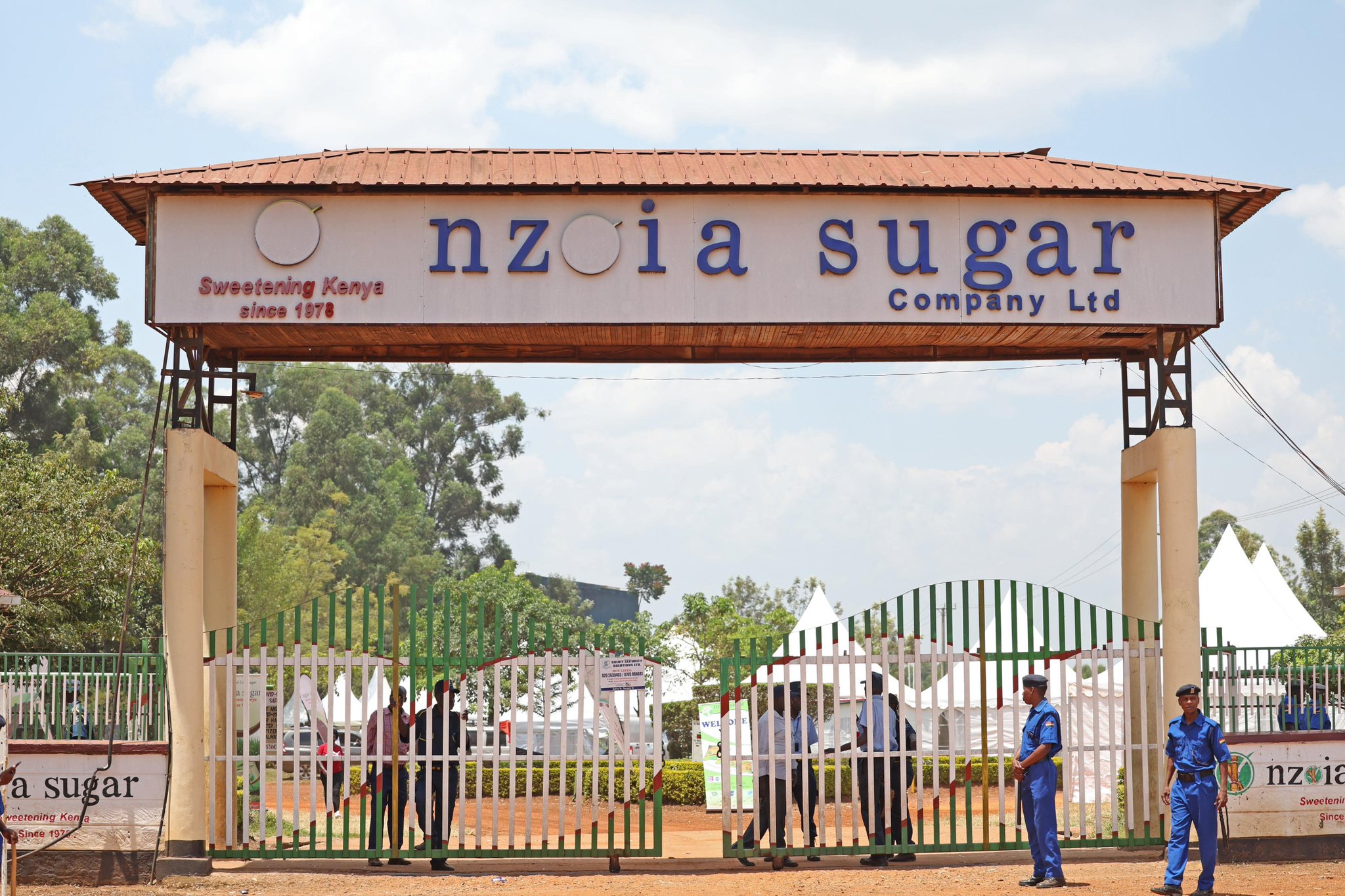
The government has, with immediate effect, temporarily shut down sugar milling in the upper and lower Western regions for three months amid
sugarcane shortage.
The notice by the Kenya Sugar Board targets key millers, including Nzoia Sugar Company, Butali Sugar Mills, West Kenya Sugar Company, Mumias Sugar and Busia Sugar Industry Limited.
According to Jude Chesire, CEO of the Sugar Board, the decision was reached after a stakeholder consultative meeting held on July 4 in Kisumu, which confirmed an acute shortage of mature sugarcane in both regions.
The shortage, attributed to inadequate cane development planning, has resulted in widespread harvesting of immature cane and a significant decline in sugar production during the first half of 2025.
“This suspension will allow sugarcane to mature and enable a reset in cane supply planning. We will also conduct a cane census within two months to better assess field readiness ahead of resuming operations,” Chesire said.
In the meantime, all millers have been directed to intensify cane development to ensure a sustainable supply of raw materials going forward.
The government forecasts a 19.8 per cent drop in sugar production to 650,000 metric tonnes, from 810,000 metric tonnes in the last financial year, on an expected reduction in harvested area and lower sugar extraction rates.
However, sugar consumption is anticipated to increase 1.6 per cent to 1.25 million, due to increased use in households and in the hospitality sector, driven by improving disposable incomes and the growth in the hospitality sector.
Sugar imports are also expected to surge by 38 per cent, to offset the anticipated local supply deficit.
Imports are expected to come from the Common Market for Eastern and Southern Africa and East African Community countries because of tariff advantages.
This directive comes as the newly enacted Sugar Development Levy (SDL) takes effect, marking a coordinated strategy to rebuild the sector and phase out sugar imports by 2027.
The policy, which came into effect at the beginning of this month, is part of a broader national strategy to rejuvenate Kenya’s
Set at four per cent, the SDL will be charged on the ex-factory price of locally produced sugar and the Cost, Insurance, and Freight (CIF) value of imported sugar.
The Kenya Revenue Authority (KRA) has been appointed as the official collection agent, with all levies due by the 10th of each month following production or importation. The agency will issue detailed compliance guidelines soon.
The National Treasury has also approved the transfer of the Sugar Development Fund from the Commodity Fund to the Kenya Sugar Board, a move expected to enhance transparency, credit discipline, and effective sector reinvestment.
Speaking during a public participation forum, Chesire outlined how the SDL proceeds—estimated at over Sh5 billion annually—will be distributed.
The first 40 per cent, approximately Sh2 billion, will go to cane development initiatives, 15 per cent, or Sh600 million, will be spent on road rehabilitation in sugar zones.
Another 15 per cent or Sh600 million will go to research and innovation, Sh600million for factory modernization, while five per cent or Sh200 million will be used to strengthen farmer institutions. The remaining 10 per cent will go towards administration.
Additionally, from September 1, 2025, all loan repayments by stakeholders with active financing facilities will be remitted directly to the Sugar Board.
Chesire emphasized that the combined impact of these reforms, including ongoing leasing of four state-owned mills and expanded private sector involvement, positions Kenya to end sugar imports entirely by 2027.
“With the SDL in place and proper financing mechanisms, we are now on the right track. The failures of the past must not be repeated. This is the moment to reclaim the future of Kenya’s sugar industry,” he said.
Industry players are now urged to review the new SDL framework, accelerate cane development, and ensure full compliance with forthcoming KRA guidelines.
“With the SDL in place and proper financing mechanisms, we are now on the right track. The failures of the past must not be repeated. This is the moment to reclaim the future of Kenya’s sugar industry,” he said.











